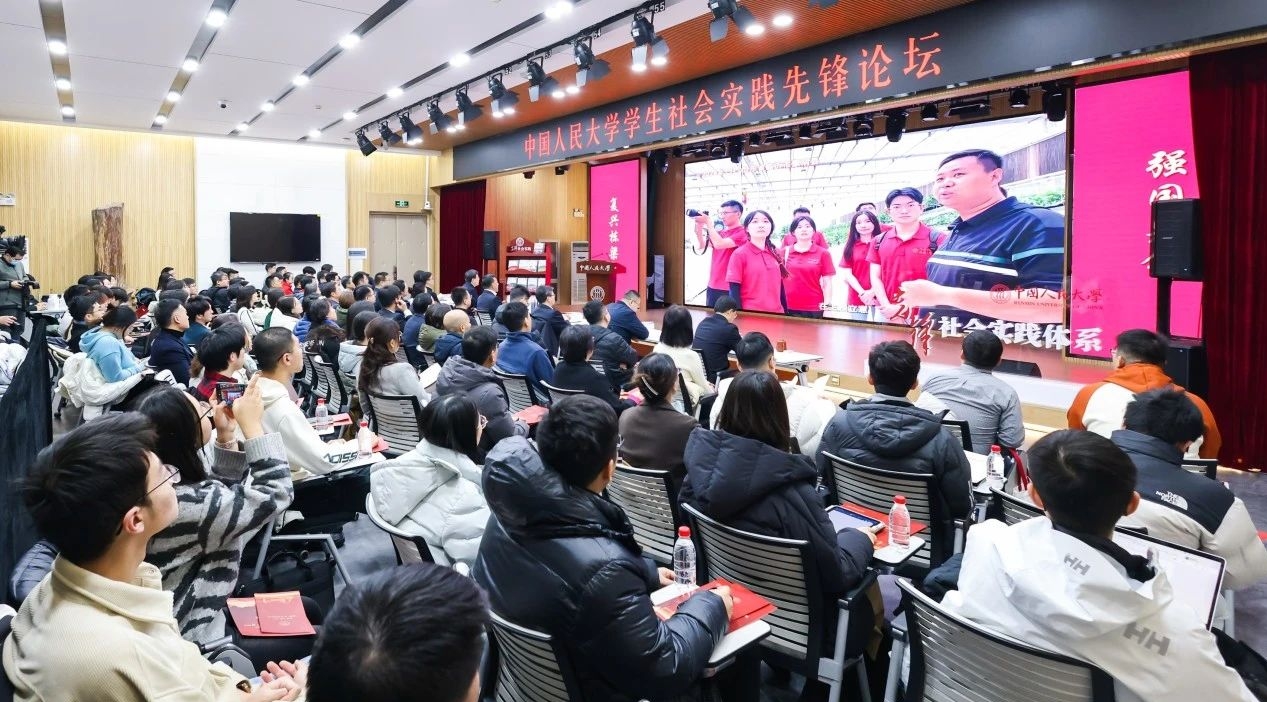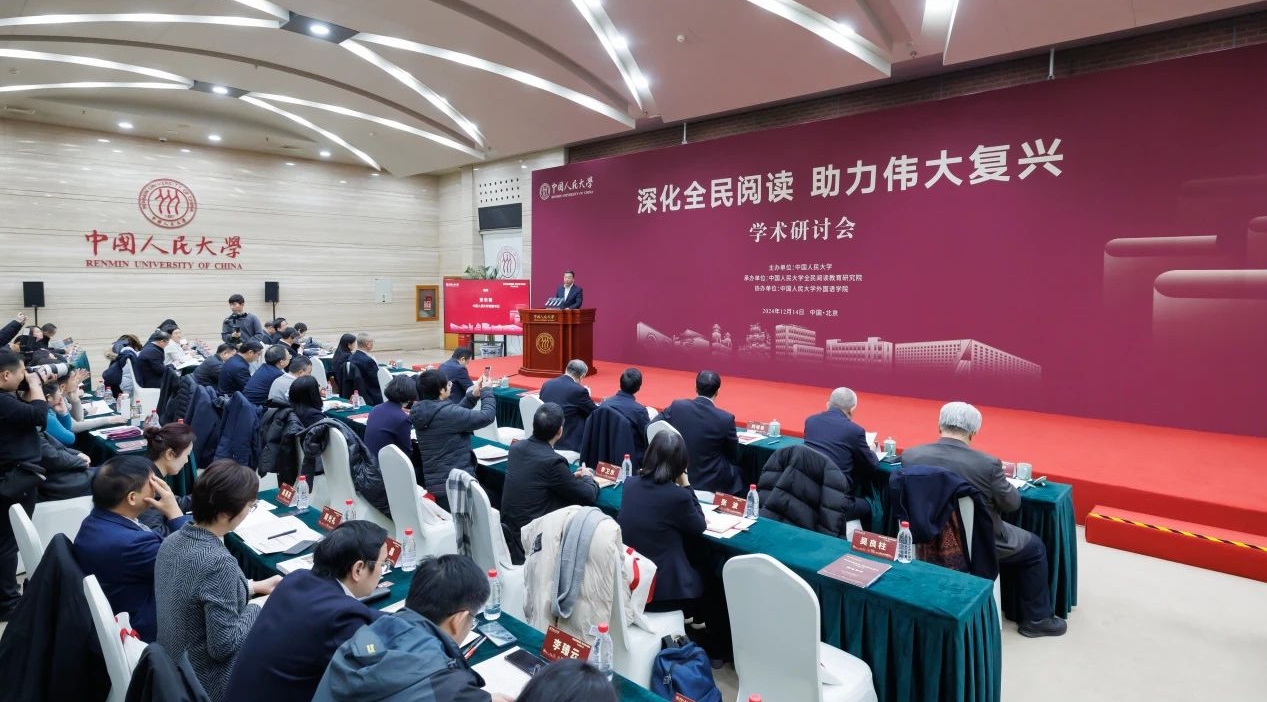Just before China's National Day holidays, I traveled to Kashi, a historic city in southern Xinjiang Uygur Autonomous Region. From there, I traveled to Jigen township, the westernmost township of China. There, I witnessed the breathtaking moment when the last rays of sunlight shone on Chinese soil.
As the sun set, I watched vehicles speeding along the road to the border between China and Kyrgyzstan. This scene gave me a deeper understanding of China's development.
It must be a unique chapter that signifies a climax in the grand narrative of human development, as it marks the intersection of ancient history, natural evolution and modern progress in a remote region like Jigen, where only some 2400 people live.
Jigen township, part of Wuqia county in Xinjiang, is primarily inhabited by the Kyrgyz ethnic group.
On our way to Jigen, we passed a shell mountain of ancient sea ruins, a geological icon of Xinjiang.
About 250 million years ago, this area was covered by an ancient ocean. Approximately 50 million years ago, the Indian and Eurasian Plates began to collide. This collision caused the crust to rise, and as it did, the sea gradually receded, exposing the former seabed.
More rigid shells and other marine fossils remained, forming what we now see as the shell mountain. The sedimentary layers that were once on the seabed gradually rose, eventually forming the Qinghai-Xizhang Plateau.
Jigen township has an average altitude of 3,000 meters. We drove through a landscape of the Danxia landform, a unique type of red-bed landform, surrounded by bare, rugged mountains as far as the eye could see.
This area is undoubtedly one of the regions where, in modern times, the pace of human development has been the slowest.
Yet several of China's ethnic minorities have lived on this seemingly barren but historically rich ancient land for generations, creating unique cultures. Geographic isolation has long hindered the connection between the people here and the rest of the world and with other parts of China, impeding the process of modernization in the area.
With the tide of China's reform and opening-up, this ancient land and its people have become an integral part of this great movement, unleashing unprecedented energy in economic growth, cultural revival and social transformation.
As roads and railways connected the region and with assistance from more developed eastern areas, the living standards of the people here have rapidly improved.
In 2023, residents' per capita disposable income in Wuqia county, where Jigen is located, reached 18,708 yuan ($2,647.76), marking a 6.1 percent increase from the previous year. The per capita disposable income of urban residents was 35,100 yuan ($4,968.43), while that of rural residents was 11,835 yuan ($1,675.25), showing a rise of 7.8 percent from the previous year.
There's still quite a gap in development compared to other parts of China, but the most important thing is that the people have already taken ride of Chinese modernization. Along the way, most of the villages we see have new houses, and there's even a kindergarten in the westernmost village. The newly planted forest belts along the roads are continuously expanding.
On a wall of the township government office, I saw a list of students who had passed the national college entrance examinations this year. A government official told me that one student even was admitted by Peking University last year.
This area has also become an important hub connecting Central Asia. The Irkeshtam Port in Wuqia county is China's westernmost land port. It connects directly to the Osh region in southern Kyrgyzstan and further west to Andijan in Uzbekistan. In 2023, an average of 450 vehicles passed through the port daily.
If people in places like Jigen township can develop and enter the modernization process, then for all those who have lived for generations in geographically remote areas, development is no longer an unattainable dream. They have the right and ability to join the process of modern life.
In today's new era of shared prosperity for humanity, the development of China's most remote regions teaches us that as long as a country can find a suitable development path, regardless of ethnicity, skin color or geographical location, they can certainly join the process of modernization and enjoy a happy life.
(The author is Ding Gang, a senior editor with People's Daily, and currently a senior fellow with the Chongyang Institute for Financial Studies at Renmin University of China.)
原文链接:[Global Times]Ding Gang:China’s westernmost township offers insights of modernization



















